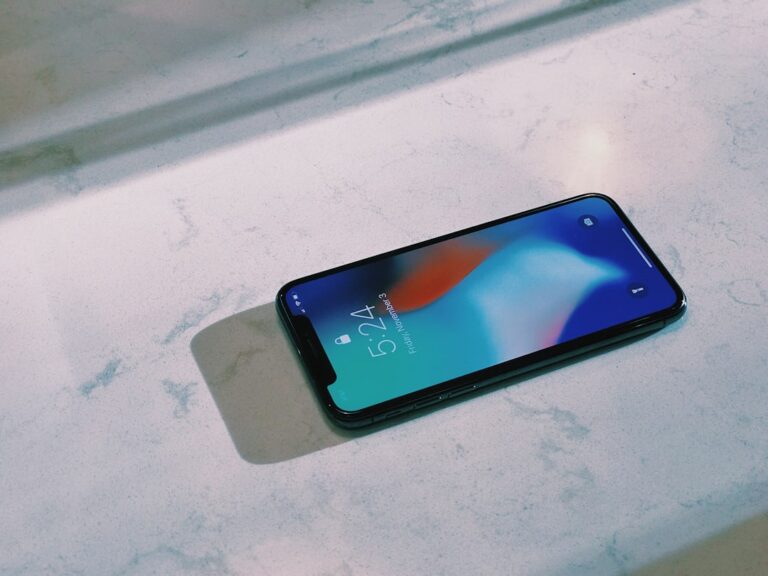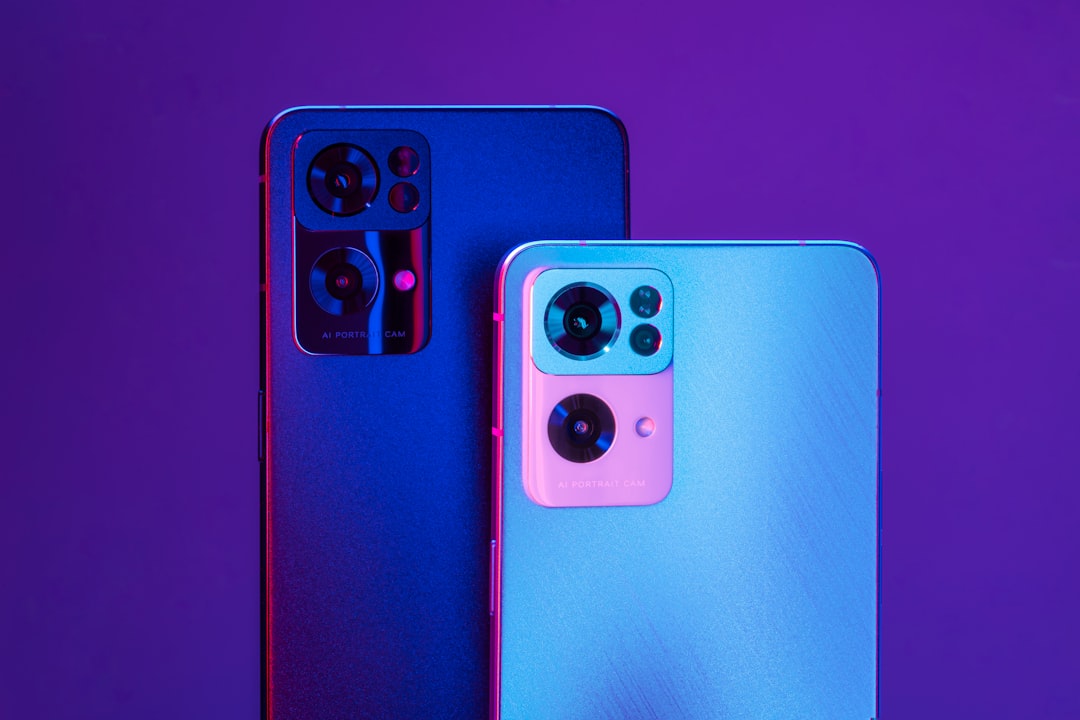In New York, strict robocall laws under the Telephone Consumer Protection Act (TCPA) protect residents from unsolicited automated calls, with penalties for violations. The surge in spam calls has led to stricter legislation and advanced spam call protection using AI and machine learning to identify and block unwanted calls, enhancing caller ID verification through STIR and SHIM protocols. New York offers specialized apps and services leveraging dynamic number blocking, call screening, and blacklisting to combat robocalls while adhering to robust consumer protection laws, ensuring a safer phone experience for residents.
“In the age of relentless digital communication, the New York area codes have faced an unprecedented surge in spam calls, testing the patience of residents. With strict robocall laws in New York aiming to safeguard citizens from unsolicited calls, this article delves into the evolving landscape of these nuisance calls and presents advanced protection strategies. We explore the legal framework surrounding robocall laws in New York, analyze the impact on local area codes, and offer comprehensive solutions for effective spam call prevention, empowering residents to reclaim their communication channels.”
Understanding Robocall Laws in New York: A Brief Overview

In the state of New York, robocall laws are designed to protect residents from unsolicited and automated phone calls, commonly known as robocalls. These regulations aim to uphold privacy rights and prevent fraudulent activities. The Telephone Consumer Protection Act (TCPA) is a federal law that forms the basis for these rules, but New York has its own additional protections specific to area codes within the state. For instance, the New York State Public Service Commission (PSC) oversees telecommunications and can impose stricter guidelines on telemarketing practices.
New York’s robocall laws are particularly focused on preventing automated calls made without prior express consent. This means that businesses or individuals must obtain explicit permission from recipients before initiating such calls. Any violation of these rules can result in significant fines, making it crucial for call centers and marketing agencies to adhere strictly to the regulations. Understanding and complying with these robocall laws are essential steps toward ensuring a more secure and peaceful phone experience for New York residents.
The Impact of Spam Calls on the New York Area Codes

The proliferation of spam calls has significantly impacted the lives of New Yorkers, with area codes across the metropolis facing an unprecedented surge in unwanted automated phone calls. These robocalls, often promoting various products and services or attempting to deceive recipients into sharing personal information, have become a persistent nuisance. The New York State Assembly has acknowledged this growing issue by implementing stricter robocall Laws aimed at protecting residents from these intrusive and potentially malicious calls.
The high volume of spam calls can lead to not only frustration but also security risks. Many scammers target New York area codes, preying on the vast population for financial gain or personal data theft. As such, advanced spam call protection is essential to safeguard individuals and businesses from these malicious practices. Effective solutions are needed to mitigate the impact of spam calls, ensuring that New Yorkers can communicate without constant interruptions or fears of falling victim to fraudulent activities.
Advanced Spam Call Protection Techniques and Technologies

Advanced spam call protection involves a multi-layered approach leveraging cutting-edge technologies to combat robocalls in the New York area codes. One key technique is the implementation of sophisticated AI and machine learning algorithms that can accurately identify and filter out unwanted calls in real time. These systems analyze patterns, voices, and other unique characteristics to distinguish legitimate callers from bots.
Additionally, robust call authentication protocols such as STIR (Secure Telephony Identity Requirements) and SHIM (Software-based IP Multimedia System) are being adopted. These technologies enhance caller ID verification, making it harder for spammers to mask their numbers. The combination of advanced analytics and strengthened authentication frameworks forms a formidable defense against robocalls in the dynamic communication landscape of New York, ensuring residents enjoy a quieter, safer phone experience under the new robocall laws.
Implementing Effective Spam Call Solutions for New York Residents

In the face of escalating robocall activity targeting New York area codes, effective spam call protection is more crucial than ever for residents. Implementing robust solutions that leverage advanced technologies like artificial intelligence and machine learning can significantly reduce unwanted calls. These systems are designed to identify and block robocalls at a granular level, ensuring that only legitimate communications reach your phone.
New York residents have the advantage of accessing cutting-edge tools tailored specifically to combat this growing issue. By integrating these solutions into their communication infrastructure, individuals can regain control over their phone lines. This includes using specialized apps and services that employ dynamic number blocking, call screening, and comprehensive blacklisting to counter the tactics employed by robocallers in compliance with the state’s robust consumer protection laws.






